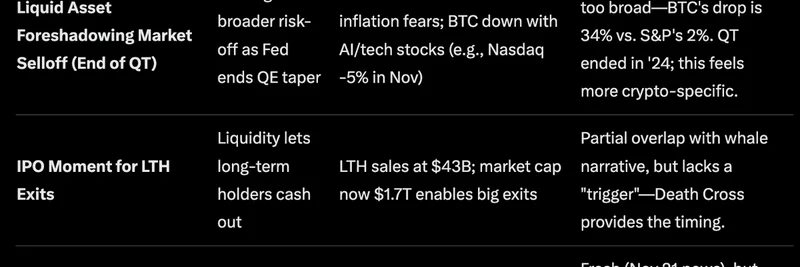In the fast-paced world of cryptocurrency, understanding how projects generate revenue is key to spotting winners, especially in the meme token space. A recent tweet from @DegenMack, a revenue meta enthusiast at Metaplex, breaks it down into two main categories. Let's dive into what this means and why it matters for meme token enthusiasts and developers.
First off, there's the foundation or foundation-plus-DAO model. Here, everything revolves around the token without any separate equity vehicle. Think of it as a pure-play crypto setup where all stakeholders—founders, investors, community members—are fully aligned through the token itself. No outside equity means no divided loyalties; everyone's success is tied directly to the token's performance.
This approach is particularly appealing for meme tokens, which often thrive on community-driven hype and decentralized governance. For instance, projects like Dogecoin or newer meme coins on Solana often operate this way, relying on viral marketing and tokenomics to drive value. The beauty? It fosters true decentralization, where DAOs (Decentralized Autonomous Organizations) can handle decisions, ensuring transparency and community buy-in.
On the flip side, we have the DevCo (development company) model tied to a separate equity vehicle, combined with a foundation or DAO for the token side. This hybrid setup allows for traditional business elements—like venture capital funding through equity—while still engaging the crypto community via tokens.
Why go this route? It can provide more structured funding for development, which is crucial for complex projects. However, it introduces potential misalignment: equity holders might prioritize company profits over token value, leading to tensions. In the meme token world, this could dilute the fun, community-first vibe that makes these assets explode in popularity.
@DegenMack hints at "lessons in there," and he's spot on. For meme token creators, sticking to the first model often aligns better with the ethos of memes—quick, viral, and community-owned. But if you're building something with real utility, like a meme-inspired DeFi protocol, the DevCo structure might offer the resources needed to scale.
Ultimately, choosing the right model impacts everything from token distribution to long-term sustainability. As blockchain practitioners, keeping an eye on these structures helps us navigate the meme token landscape more effectively. For more insights, check out similar discussions on platforms like X or dive into resources on Metaplex.


